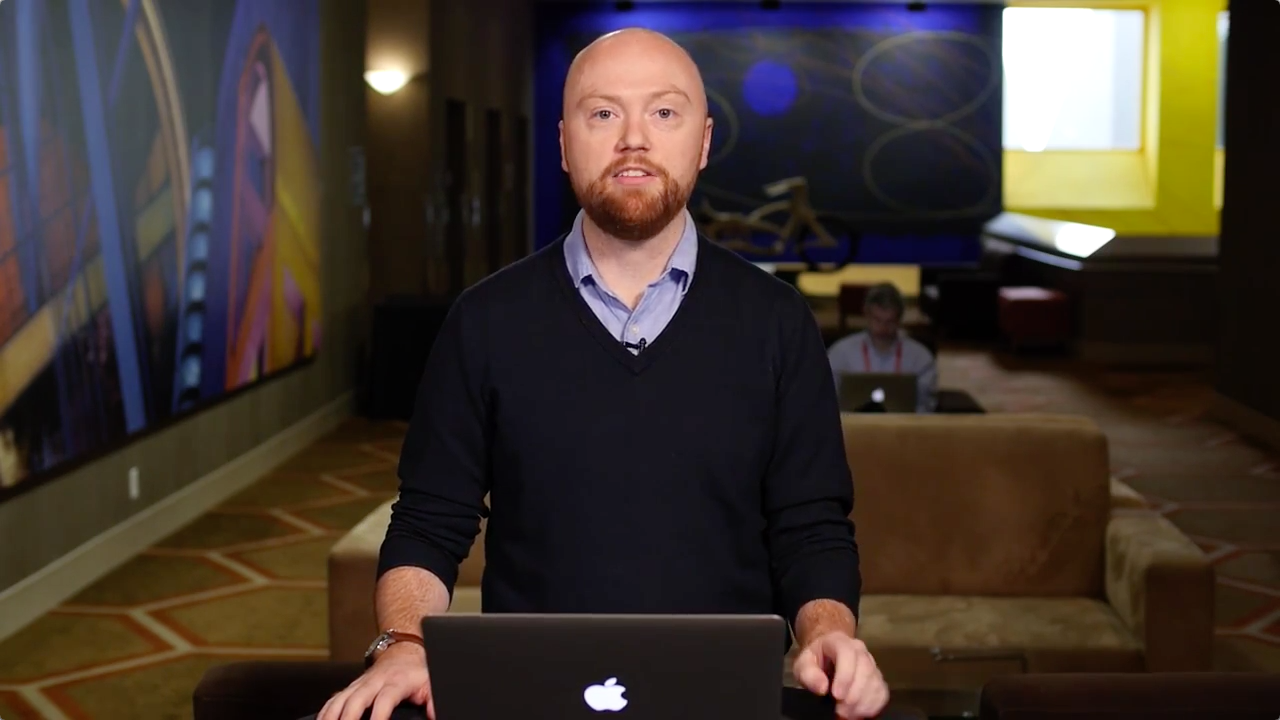Getting Started with Deep Learning using Keras and Python
Experiment with deep learning neural networks using Keras, a high-level alternative to TensorFlow and Theano. Get started by focusing on model structure, and avoid the complexity of numerical programming on GPUs. Play faster and go deep.
 Getting Started with Deep Learning using Keras and Python - Michael Williams (source: O'Reilly)
Getting Started with Deep Learning using Keras and Python - Michael Williams (source: O'Reilly)
Despite all the recent buzz about deep learning, the design and testing of a neural network pipeline may become a task for developers who aren’t machine learning specialists. This tutorial is intended for a software developer who has intermediate experience in Python, plus some hands-on experience developing data pipelines and working with machine learning use cases, who now needs to learn how to build high-performance classifiers based on deep learning.
The Keras library in Python makes building and testing neural networks a snap. It provides a simpler, quicker alternative to Theano or TensorFlow–without worrying about floating point operations, GPU programming, linear algebra, etc. The Keras API should seem familiar for anyone who’s worked with the well-known and well-loved scikit-learn API. This tutorial begins by building a simple classifier in a couple of lines of scikit-learn, then compares how to accomplish the same thing with a neural network using Keras. From there it moves into tougher classification problems involving image recognition that help illustrate the power of deep learning.
Here’s a clip (or watch the full tutorial on O’Reilly’s Learning Platform):
A few months ago, I started a new job doing applied research at Fast Forward Labs. My new colleagues had just finished a project on image recognition with convolutional neural networks, and were starting on a new project on text summarization with recurrent neural networks. Neural networks were not something I’d previously worked with, so I knew I’d have to get up to speed fast. Keras is a high-level neural network library that, among many other things, wraps an API similar to scikit-learn’s around the Theano or TensorFlow backends.
